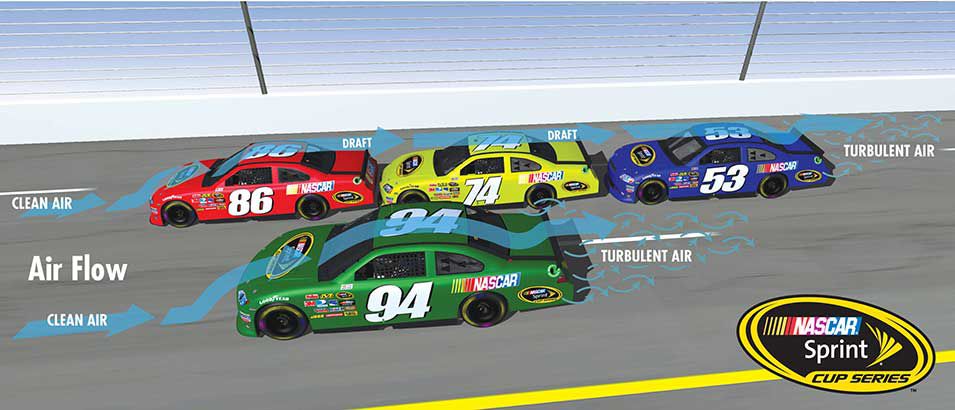How Fast Do Nascar Cars Go

NASCAR, the National Association for Stock Car Auto Racing, is renowned for its heart-pounding, adrenaline-fueled races that captivate audiences worldwide. Central to the sport’s allure is the blistering speed at which these cars hurtle around the track. But just how fast do NASCAR cars go, and what factors contribute to their remarkable velocity? Let’s delve into the realm of speed and unravel the dynamics behind these high-octane machines.
Table of Contents
ToggleThe Need for Speed
Speed is the lifeblood of NASCAR, where drivers vie for victory by pushing the limits of their finely tuned racing machines. On average, NASCAR cars achieve speeds exceeding 200 miles per hour (mph) on some of the fastest tracks, such as Daytona International Speedway and Talladega Superspeedway. These speeds aren’t just impressive; they’re a testament to the engineering prowess and driving skill inherent in the sport.
Engine Power
At the heart of every NASCAR car lies a powerhouse of an engine. These cars typically sport monstrous V8 engines, capable of generating over 750 horsepower. To put this into perspective, a standard road car might have around 200-300 horsepower, highlighting the immense power output required to propel these race cars to such breakneck speeds. The roaring engines serve as a symphony of raw power, propelling drivers along the straights and into hair-raising turns.
Aerodynamics
While raw engine power is crucial, aerodynamics play an equally vital role in achieving high speeds on the racetrack. NASCAR cars are meticulously designed to cut through the air with minimal resistance, maximizing speed and efficiency. Sleek body shapes, rear spoilers, and carefully crafted contours all contribute to reducing drag and improving downforce, allowing drivers to maintain control at high speeds. The marriage of power and aerodynamics is what enables NASCAR cars to reach eye-watering velocities while hugging the track with precision.
Track Design
The design of the racetrack itself also influences the speeds achieved by NASCAR cars. Superspeedways, with their long straights and banked turns, provide the ideal canvas for drivers to unleash the full potential of their machines. These tracks offer higher average speeds compared to shorter, more technical circuits, where tight corners and elevation changes demand a different approach to racing. Each track presents its own set of challenges, but all share the common thread of pushing drivers to their limits in the pursuit of speed.
Driver Skill
Of course, none of this would be possible without the remarkable skill and courage of NASCAR drivers. These athletes possess an innate ability to harness the immense power of their cars, pushing them to the edge while maintaining control and composure. Split-second decisions, precise maneuvering, and unwavering focus are the hallmarks of a NASCAR driver, ensuring that every lap is a test of skill as much as it is a test of speed.
Conclusion
In the high-octane world of NASCAR, speed reigns supreme. With cars capable of exceeding 200 mph, propelled by thunderous engines and guided by the deft hands of skilled drivers, each race is a spectacle of raw power and precision. From the engineering marvels that underpin these racing machines to the adrenaline-fueled drama that unfolds on the track, the quest for speed is at the heart of NASCAR’s enduring appeal. So the next time you witness the thunderous roar of a NASCAR car hurtling down the straight, remember that it’s not just speed—it’s the culmination of passion, technology, and sheer determination that makes NASCAR the ultimate showcase of velocity.






